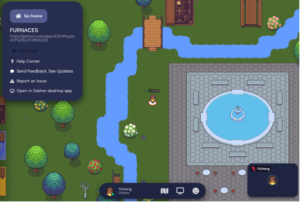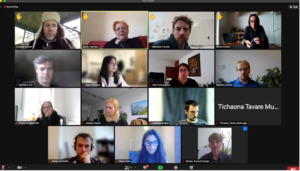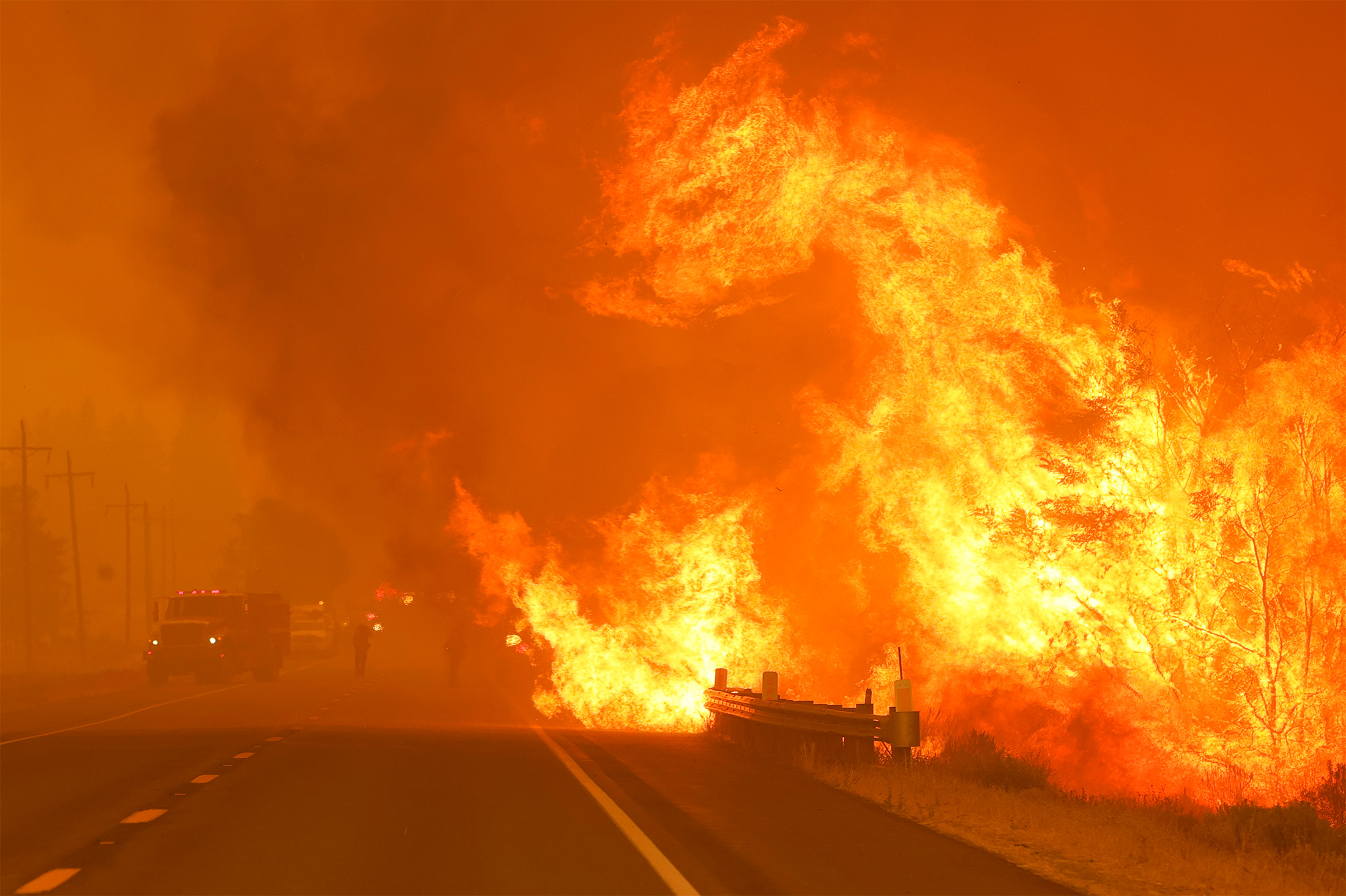The three day FURNACES annual meeting was held from 24th to 26th November. Due to the new COVID restrictions in Germany and Austria, the meeting was held only in virtual format. But a very creative FURNACES online social interaction room was set up, which provided a good opportunity for people to have a one-on-one or group “face to face” chatting during the coffee time between sessions (Figures 1-2).

There are 21 people who are from the FURNACES, Leverhulme wildfire center and FirEUrisk project attending this meeting. Most of the presenters were from the FURNACES group. They are from three sub-groups– WP1, WP2, WP3 that are three main components of the FURNACES representing ecosystems, society and fire. Sandy Harrison, Olivia Haas, Oliver Perkins and I attended this meeting as a group from the Leverhulme wildfire center. For each group, an overview presentation was given to show the update and progress they have made. In addition to the presentations, two brainstorming sessions were organized for “US case study” and “Extreme Fire”.

At the end of the meeting, next possible steps, follow-up proposals and potential further collaborations were discussed. The very productive “extreme fire” brainstorming impressed me. It was pointed out that we should focus on fires becoming out of control and how to explain this phenomenon. It was also suggested that trying simple analyses on fire danger indices with the combination of vegetation variables could be worthwhile.On the second day of the meeting, I shared my recent research progress on investigating the relationships between fire regimes and resprouting (Figure 3). I used three case studies based in Europe and Australia to show similar patterns that when fire return intervals increase, the proportion of resprouting species will decrease. Maybe because I am the only person talking about the fire-related plant trait, I am glad that they show a big interest in this topic. I received a lot of useful feedback not only on the potential improvement of methods in terms of the spatial analysis but also on the potential remote sensing data source that I can use for exploring how resprouting influence the ecosystem recovery speed in my future study.
Overall, this meeting gave me a great opportunity to meet different researchers working on fire studies in various fields. I learned about the latest fire data sources, new ideas on fire management, and new techniques on fire models optimization. I am looking forward to future collaborations with people from the FURNACES.


